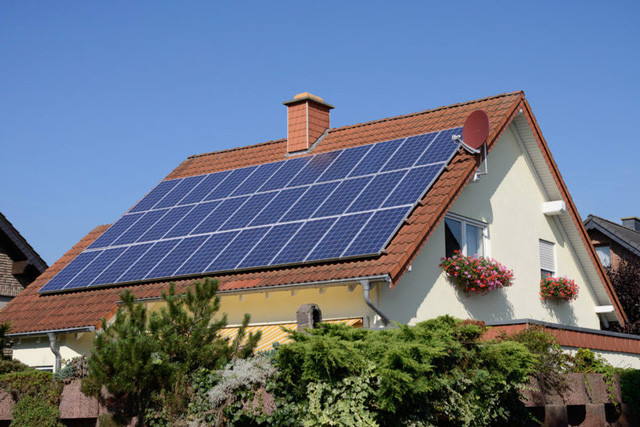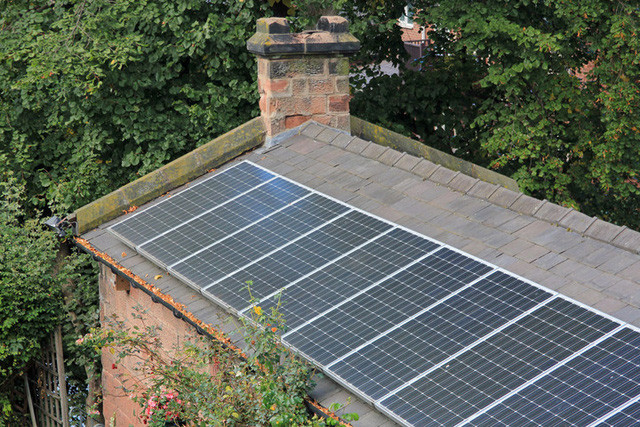Stanford scientists have successfully built batteries made from fertilizer and animal waste, which are extremely cheap
The battery is made from Urea - a compound commonly used as a fertilizer and is a major component of mammalian waste, and it is up to 100 times cheaper than the same type of battery.
Well-known as the birthplace of innovative ideas and new innovations, Stanford University announced last week that its scientists have successfully developed a new, extremely cheap battery. and especially capable of storing renewable energy.
This is certainly a new breakthrough, but what makes it so impressive is that they have used Urea - a compound commonly used as a fertilizer and a key ingredient in the substance. mammalian waste - to make them. In addition to the aforementioned factor, the battery uses urea at a cheaper price than the one they had made in 2015 up to 100 times.

In addition to using urea, Stanford Hongjie Dai chemistry professor and master Michael Angell (two engineers working on battery development) opted to use electrodes with graphite and aluminum to keep the cost cheap.
Overall, thanks to Dai and Angell's invention, the ability to store a large amount of renewable energy for future use has increased significantly. When placing it on a scale table with the type of battery they produced two years ago, they applied new technology to avoid the use of expensive electrolytes, thus keeping prices significantly cheaper.
" Basically, we have created the most expensive and the cheapest battery that you can find on earth ," Dai said. " And its performance is not bad either ."

In the near future, Dai and Angell plan to learn more about the battery's chemical process so that they can find ways to extend their lifespan. In order for the battery to achieve commercial quality - and for bulk storage - it has to "stay" for at least 10 years.
According to calculations by scientists, the team says their batteries are designed to fully recharge again in just 45 minutes and have a lifespan of 1,500 charging cycles. Patents for the design of batteries have been registered - by the company that Dai founded, AB Systems submitted to the Copyright Management Committee - the duo 's next step, which is to complete the version. Commercial battery pack only.
- Sugarcane fertilizer from sugarcane plant waste
- Waste into organic fertilizer by microbial preparations
- Find an extremely effective, surprisingly cheap hydrogen extraction method
- For the first time Vietnam built roads from plastic waste
- Fertilizers were used 8,000 years ago
- Scientist 83 years and 20 years pursuing turns garbage into money
- The roof is made of waste in India
- Production of organic fertilizer from paper material bark
- Breakthrough in cheap hydrogen fuel production
- Nitrate - Danger of fertilizer abuse
- 'Department of marketing' 'technology for animal feed production and crops from straw and sugarcane leaves
- Self-destructable wood from rice hulls
 Daily use inventions come from universities
Daily use inventions come from universities Special weight loss device helps prevent appetite
Special weight loss device helps prevent appetite 8 inventors were killed by their own inventions
8 inventors were killed by their own inventions Iran invented a motor car powered by water
Iran invented a motor car powered by water Nuclear battery smaller than a coin, phone can be used for 50 years without charging
Nuclear battery smaller than a coin, phone can be used for 50 years without charging  Building a battery that can generate electricity from the atmosphere on Mars
Building a battery that can generate electricity from the atmosphere on Mars  New battery works even when folded or cut in half
New battery works even when folded or cut in half  China designs Mars battery for future exploration
China designs Mars battery for future exploration  Scientists are looking for a series of solutions to replace lithium batteries
Scientists are looking for a series of solutions to replace lithium batteries  Why are lithium-ion batteries easy to catch fire and explode?
Why are lithium-ion batteries easy to catch fire and explode? 